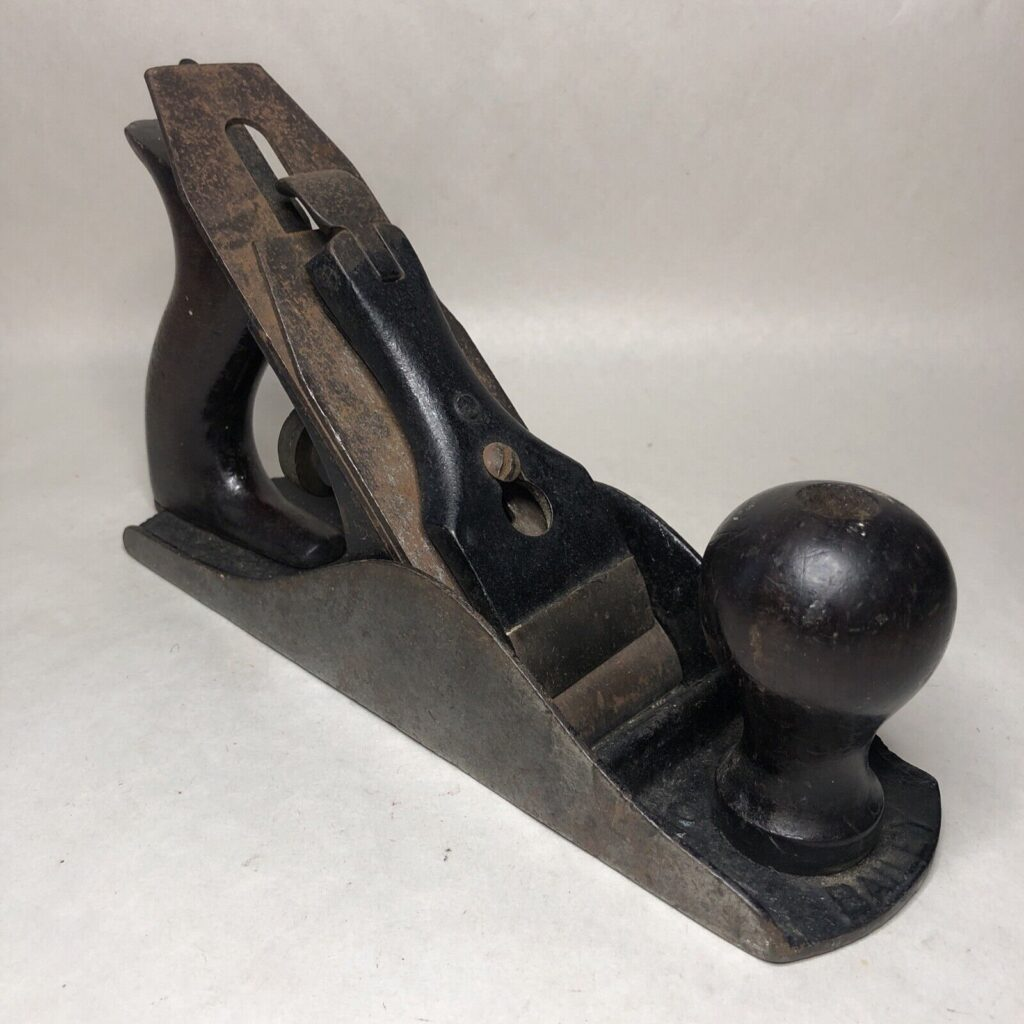In the realm of woodworking, there are few tools as iconic and revered as the Stanley Smooth Wood Plane. This humble yet powerful hand tool has been a trusted companion of artisans and craftsmen for over a century, its history woven into the very fabric of the woodworking industry. From its humble origins to its enduring popularity, the Stanley Smooth Wood Plane has long captured the hearts and imaginations of those who appreciate the art of working with wood.

Join us as we embark on a captivating journey, uncovering the fascinating story behind this legendary tool. We’ll delve into its origins, explore its innovative designs, and uncover the reasons why the Stanley Smooth Wood Plane has become a symbol of craftsmanship and enduring excellence in the world of woodworking.
The Origins of the Wood Plane
The history of the wood plane can be traced back to ancient times, with early examples discovered in Roman archaeological sites. These rudimentary tools, crafted from wood and iron, allowed carpenters and woodworkers to shape and smooth wood with a level of precision that was once unimaginable. As the centuries passed, the wood plane continued to evolve, becoming an increasingly sophisticated and essential tool in the arsenal of skilled artisans.
The Birth of the Stanley Rule and Level Company
It was in the 19th century that the wood plane truly came into its own, with the establishment of the Stanley Rule and Level Company in 1857 in New Britain, Connecticut. Founded by Frederick T. Stanley, the company initially focused on manufacturing hardware products, but soon recognized the growing demand for high-quality woodworking tools.
Stanley’s Innovative Designs
The turning point in the company’s history came in 1869 when Stanley acquired the patents for metal-bodied planes from Leonard Bailey. Bailey’s innovative designs revolutionized the woodworking industry, offering superior adjustability and durability compared to traditional wooden planes. Stanley’s adoption and further refinement of these designs set the stage for the company’s dominance in the hand tool market.
The Rise of the Bailey Line

One of Stanley’s most iconic series of wood planes, the Bailey line, named after Leonard Bailey, quickly became synonymous with quality and precision. Introduced in the late 19th century, the Bailey line featured various types of planes, including block planes, jointer planes, and smooth planes. The Stanley No. 4 Smooth Plane, in particular, emerged as the most popular model in the lineup, prized for its versatility and exceptional performance.
Understanding the Purpose and Functionality
The Stanley Smooth Wood Plane is primarily used to smooth and flatten the surfaces of wood, making it an indispensable tool for furniture makers, carpenters, and craftsmen alike. The plane’s sharp, adjustable blade, known as the iron, is set at a slight angle, allowing it to shave off thin layers of wood with each smooth, even stroke.
Components and Operation
The typical Stanley Smooth Wood Plane consists of several key components, including the body, the iron (blade), the frog, the cap iron, the lever cap, and the handle (tote) and knob. Mastering the art of operating the Stanley Smooth Wood Plane involves a careful balance of adjustments, planing techniques, and regular inspection to ensure a flawless finish.
Versatility in Woodworking

The Stanley Smooth Wood Plane’s versatility is one of the primary reasons for its enduring popularity. This remarkable tool can be used for a wide range of tasks, from smoothing rough lumber and jointing edges to trimming and shaping, and even adding the final touches to finished pieces.
The Enduring Legacy of the Stanley Smooth Wood Plane
The legacy of the Stanley Smooth Wood Plane is a testament to the timeless principles of craftsmanship and the enduring appeal of well-designed tools. Despite the rise of power tools and modern technology, many woodworkers continue to rely on the tactile precision and control offered by hand planes, with the Stanley No. 4 Smooth Plane remaining a perennial favorite.
Influence on Modern Woodworking Tools
Stanley’s innovations in hand plane design have had a lasting impact on the woodworking industry, with many contemporary tools drawing inspiration from the company’s classic designs. Manufacturers have incorporated advanced materials and engineering, while still retaining the core principles that made the Stanley Smooth Wood Plane such a beloved and respected tool.
Collectibility and Antique Value

The Stanley Smooth Wood Plane has also become a highly sought-after collectible, with well-preserved examples from the early days of the company commanding high prices at auctions and antique shops. These vintage planes are prized not only for their historical significance but also for the exceptional craftsmanship that went into their creation.
A Symbol of Craftsmanship
Beyond its practical applications, the Stanley Smooth Wood Plane has become a symbol of the artistry and dedication that have defined the woodworking industry throughout history. These tools represent a tangible connection to the past, where skilled artisans shaped wood with precision and care, producing works of enduring beauty and functionality.
The Stanley Smooth Wood Plane is more than just a tool; it is a testament to the ingenuity, innovation, and unwavering commitment to quality that have shaped the world of woodworking. From its humble beginnings to its iconic status, this remarkable tool has played a pivotal role in the evolution of the craft, inspiring generations of artisans to push the boundaries of what is possible.
As we continue to admire and utilize the Stanley Smooth Wood Plane, we are reminded of the timeless pursuit of perfection and the enduring power of exceptional design. Whether in the hands of a seasoned professional or an aspiring hobbyist, this legendary tool continues to captivate and inspire, embodying the very essence of the woodworking journey.





